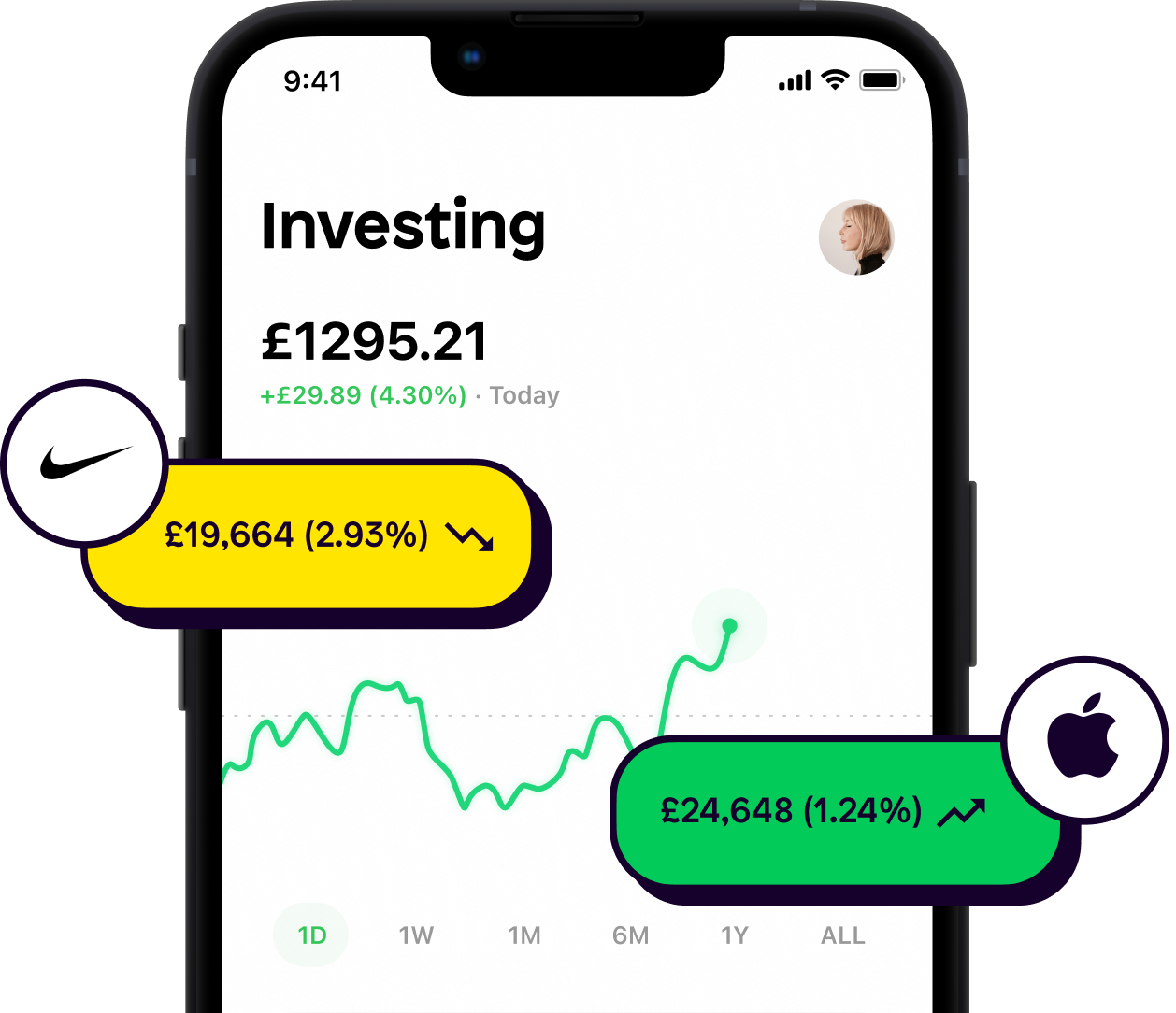Instead, I'm going to show you how you can use ratios to help you decide whether buying a stock is a smart decision. I’ve split these into the three ways we can analyse a stock: the present (the company’s current performance), the future (the company’s potential) and the risks (the risks the company might face).

1. Look at the present

The most popular ratio for assessing a company’s current performance is the price-to-earnings ratio. Let's take a look.
Price-to-Earnings Ratio (P/E)
This tells investors how much a company is worth by dividing the stock price by the company's earnings-per-share (EPS) over the last 12 months.
The EPS is simply a company’s profit divided by the amount of shares available on the stock market.
So to recap, two things are needed to understand the P/E ratio:
A company’s current share price (easy, just look on our app)
A company’s earnings per share (kinda’ easy, this is a company’s earnings divided by the amount of shares available on the stock market)
The stock price is then divided by the EPS, or if following the above, point 1 divided by point 2.
How much a company is worth is useful for any investor, especially a newer one, as stock prices can be confusing at first.
Overall, a business and an investor wants to see a low P/E ratio as this signals an undervalued company. We talk more on this in our article, when is it a good time to buy and sell stocks.
Example of a price-to-earnings ratio
As this ratio also requires you to understand the EPS, it can get a little complicated. Looking at in action with an example can help:
Let's say Coca-Cola has a share price of £50 and for simplicity's sake say they earn a profit of £1,000,000 a year with 500,000 outstanding shares, each share has an ‘earnings per share’ (EPS) of £2. That’s because 1,000,000 / 500,000 = 2.
So, back to the price-to-earnings. As we know, we divide the stock price by the EPS. So that's £50 / 2 = 25. Coca-Cola's P/E ratio would be 25, meaning it's trading at 25 times its earnings per share.
There's no set number for what makes a good P/E ratio, but it's generally accepted that anything under 20 is strong.
2. Look at the future

When looking at the future, we are weighing up a stock's potential. The more growth potential a company has, the higher the valuation.
So, unless you have a magic crystal ball lying about, we tend to use a price-to-earnings-to-growth-ratio. Yep, a bit of a mouthful compared to crystal ball I’m afraid 🔮.
Price-to-Earnings-to-Growth Ratio (PEG)
Remember the P/E ratio? Well, a company's P/E ratio divided by its annual earnings per share gives us a PEG ratio. This ratio looks at a company's expected rate of growth, typically over the next one to three years and is often used to expand upon the P/E ratio.
Looking ahead is what investing is all about; we’re trying to buy now and sell later for a higher price. That’s why having some idea of a company’s future growth potential is useful.
A lower ratio means you're paying for a better value; anything under 1 is often viewed as a strong PEG ratio.
Example of a price-to-earnings-to-growth ratio
So, let's assume Coca-Cola has a P/E ratio of 30 times their earnings, with a five-year projected growth rate of 20%. The maths is simple: 30 / 20 = 1.5.
Coca-Cola would have a PEG of 1.5.
There isn't a universally accepted figure for what constitutes a 'good PEG ratio', but it's generally considered that a PEG of 1.0 or under means a stock is undervalued, and therefore favourable for the investor.
3. Look at risk

Now, you're at the final stage.
It's time to become a sceptic and start critiquing your own research.
Before diving into the ratio, understanding how your stock is subject to risk is important. Keeping a strong grasp on current affairs helps when thinking about this. Often, global circumstances such as pandemics have knock on effects which cause greater risk for companies in certain industries.
So, what could prevent your stock pick from achieving its own potential? For example, soaring energy costs could cause Tesla's sales to slow down. When people think this, the public reaction is to sell to ensure they cash in their profits and reduce the risk of their portfolio falling in price. When this happens on a mass level, the price of the stock falls.
Okay I understand all stocks are subject to risk, but where’s that magic ratio I’m after? Well, I’m so glad you asked.
Debt-to-Equity Ratio (D/E)
This shows how much debt a company has. It divides liabilities by equity to come up with a ratio. The higher the ratio, the greater risk of them going bankrupt during the tough times. Obviously, lower debt equals happier times!
Remember when we looked at the net value of a company earlier? Well, we’re doing a similar thing here. We compare a company’s assets (their cash, equipment etc) against their liabilities (debt, such as loans).
Debt-to-equity ratio example
Let’s say John is the CEO of a public company. He has £1.5 million worth of assets and £1 million worth of liabilities. This means John has equity of £500k.
So, 1,000,000 / 500,000 = 2. This means John has 2 pounds of debt for every 1 pound of equity.
As always, a ratio shouldn’t act as a set rule whether to invest in a company or not. But generally, an investor looks for a debt-to-equity ratio of 1 to 1.5.
And there we have it folks. The next time someone asks you how to evaluate a company, respond with "assess their present, future and risk using ratios" and they'll be calling you Warren Buffett quicker than you can say Price-to-Earnings-to-Growth Ratio.
Download the Shares app to let us know and make sure to follow us on our socials 👇
As with all investing, your capital is at risk.
Shares is a trading name of Shares App Ltd. Shares App Ltd is an appointed representative of RiskSave Technologies Ltd, which is authorised and regulated by the Financial Conduct Authority.












